
What happens when a storied fighting force gives up one of its most iconic weapons? When the U.S. Marine Corps retired its M1 Abrams tanks in 2021, many outside observers saw it as a radical move. Four years later, this decision aligns with a broader transformation in how the Corps prepares for war especially in the Indo-Pacific, where speed, mobility, and precision matter far more than heavy armor.
This shift is part of Force Design 2030, a sweeping makeover to turn the Marines into agile, stand-in forces able to operate inside contested zones. It’s a doctrine forged in the shadow of China’s growing military power, informed by lessons from Ukraine’s battlefield, and backed by investments in missiles, drones, and distributed logistics. Here are ten strategic changes that explain why the Marines believe their future lies without tanks and why that could be bad news for Beijing.
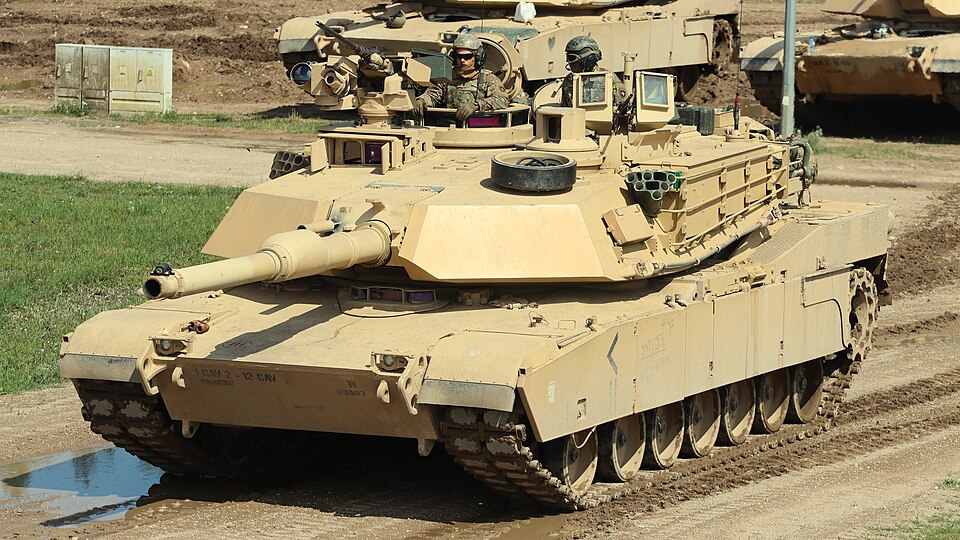
1. Tanks Out, Amphibious Roots Back In
It was not about weight and fuel consumption alone-the retirement of the M1 Abrams had more to do with doctrine. Heavy armor became ill-suited for such counterinsurgencies as Iraq and Afghanistan, wherein insurgents avoided pitched battles. The Corps wanted to go back to an amphibious warfare heritage-sea-lift units that can deploy across island chains rather than trundle through urban streets. Shedding tanks would free personnel and resources to focus on systems better matched to the dispersed battlefields of the Pacific.
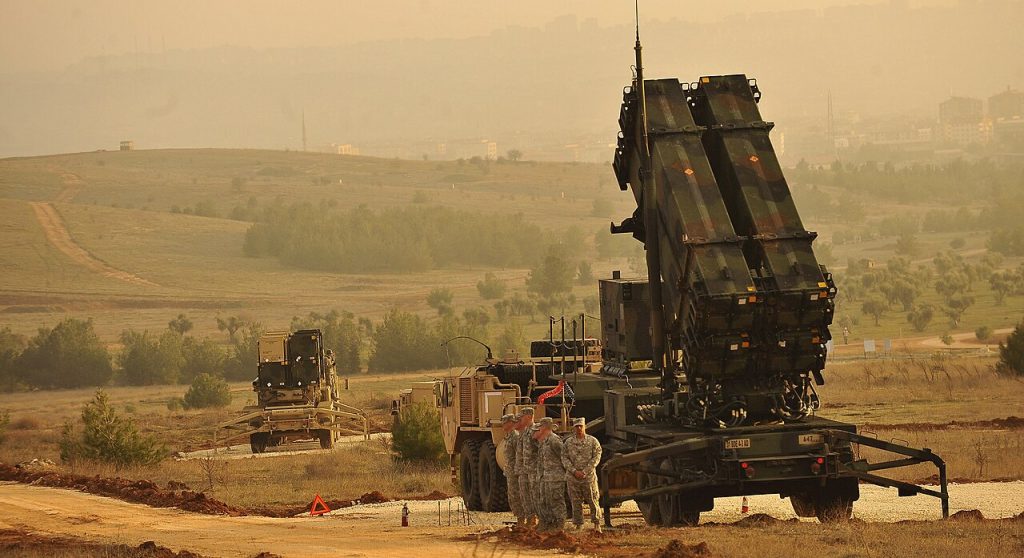
2. Preparing for the China Challenge
Marine planners envision potential operations against Chinese militarized islands in the South China Sea, or rapid deployments to Korea. Tanks would slow amphibious assaults and complicate logistics in either scenario. Instead, the Corps is investing in mobile missile batteries, integrated air defenses, and reconnaissance units able to operate within enemy missile range. The idea is to strike fast, establish a foothold, and let heavier Army forces arrive later.
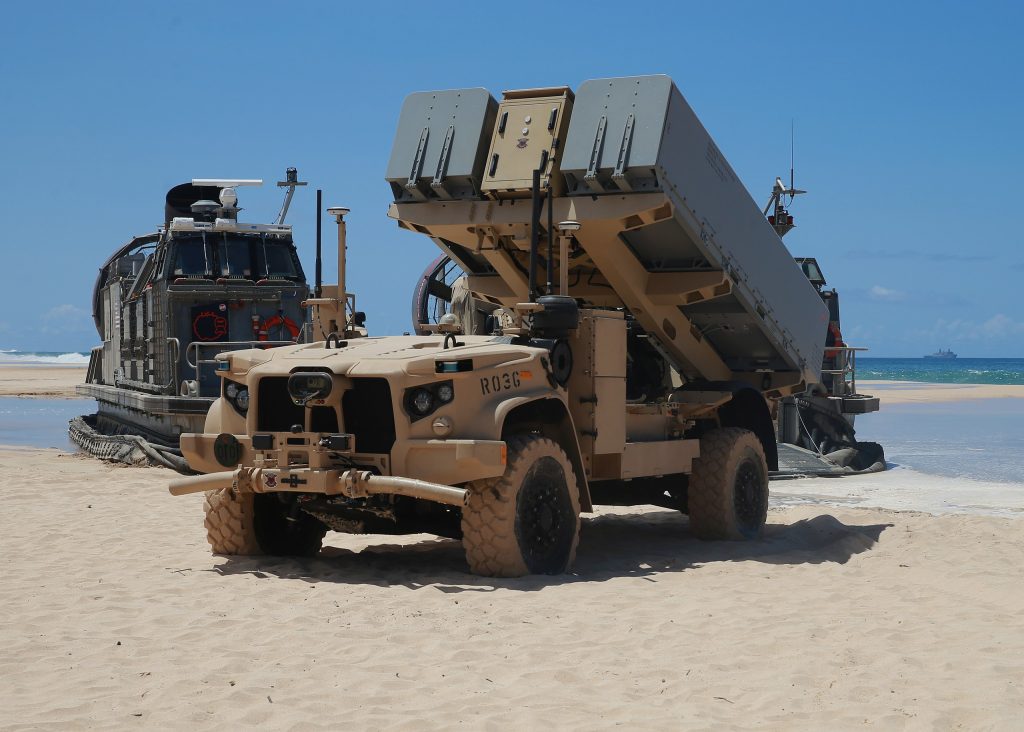
3. The Rise of the Kinetic Missile Fight
Force Design 2030 pivots to what some call the “Kinetic Missile Fight.” Systems like the Navy-Marine Corps Expeditionary Ship Interdiction System already give Marines the ability to strike hostile ships from shore. Teamed with Navy Aegis defenses, the weapons provide a multilayered umbrella against aircraft, missiles, and drones. Today, six NMESIS launchers are in service, with plans for 18 per battery in 2033 a long-term commitment to missile-centric warfare.

4. Lessons from Ukraine’s Armored Graveyard
What the war in Ukraine has made clear is just how vulnerable tanks are to precision-guided munitions and swarming drones. Even advanced Western armor, including donated Abrams, have struggled to survive. These battlefield realities validate the Marines’ decision to divest: heavy armor is expensive to maintain, slow to maneuver, and increasingly exposed to lethal, cheap threats. In divesting their tanks, the Corps freed up mechanics and technicians to work on missile systems and unmanned platforms.
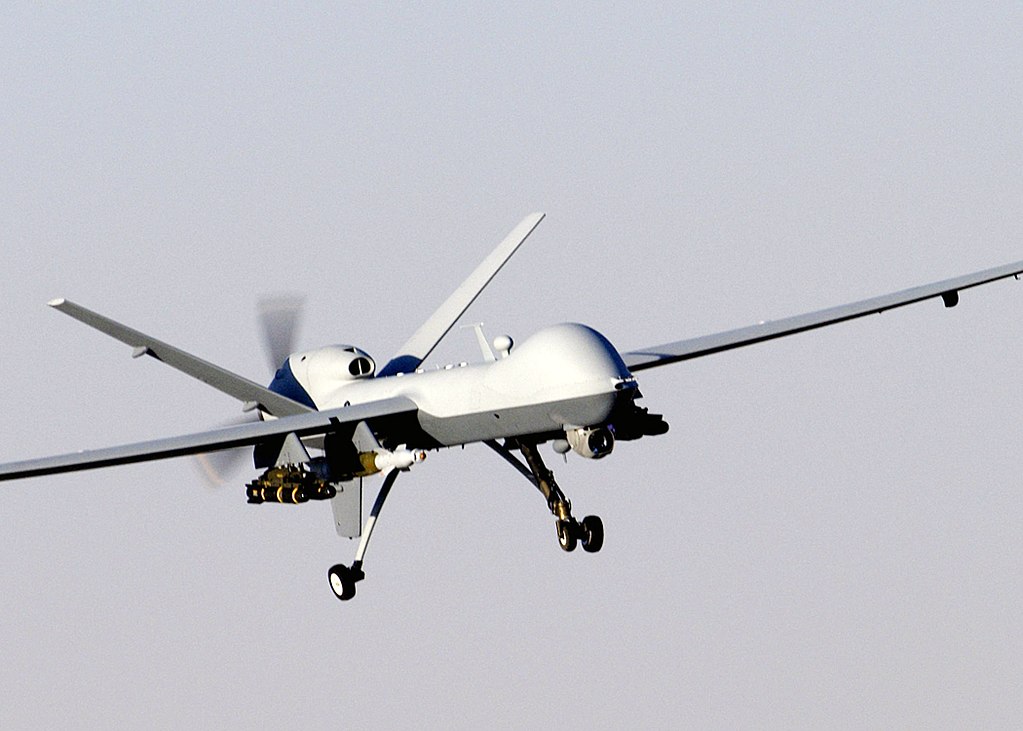
5. Drone Power from Platoon to Theater
From first-person-view quadcopters to MQ-9A Reapers, drones now permeate Marine formations. FPVs, proven in Ukraine, offer low-cost precision strike capability at the squad level. At the strategic tier, Reapers deployed to the Philippines enhance maritime domain awareness, surveillance, and strike options in contested waters. “The temporary stationing of unarmed MQ-9As to the Philippines demonstrates mutual commitment to improving the collective maritime security,” a Marine Forces Pacific spokesperson told USNI News.
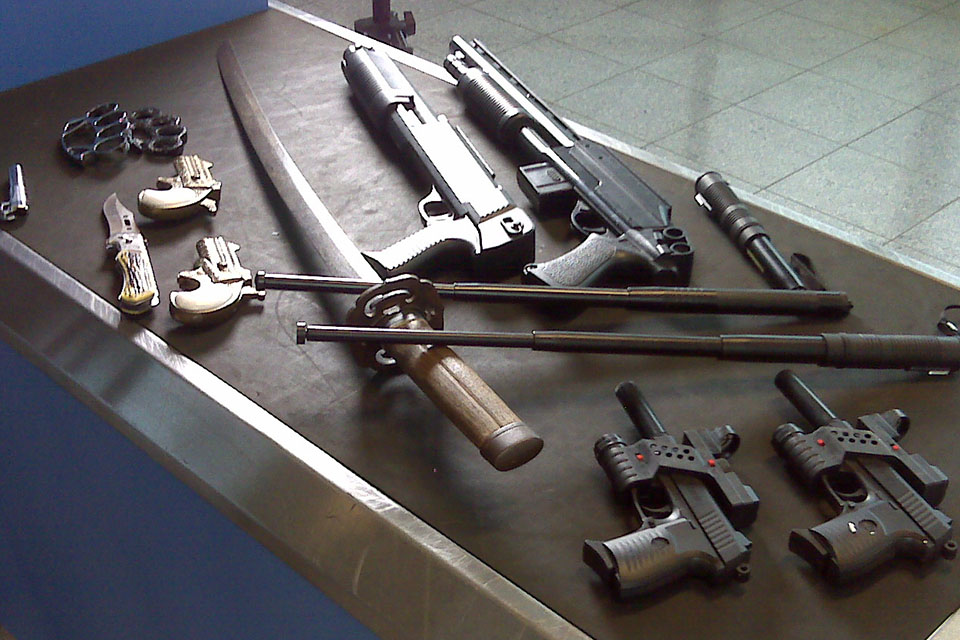
6. Stand-In Forces and Distributed Logistics
Stand-in forces are designed to operate inside an adversary’s weapons engagement zone, conducting reconnaissance and counter-reconnaissance. The Corps is expanding pre-positioned stockpiles in the Philippines, Australia, and Palau, and experimenting with expeditionary fabrication labs that can make parts in the field to sustain them. One day, supplies might be delivered covertly by Autonomous Low-Profile Vessels, reducing dependence on long, vulnerable supply chains.

7. Countering China’s Carrier Ambitions
With electromagnetic catapults, China’s recently launched Fujian aircraft carrier represents a jump in naval aviation. Several such carrier strike groups operating in the Western Pacific will complicate U.S. responses. Imposing costs on those sorts of forces with missile and drone-centric approaches is what the Marines’ approach is all about, using shore-based anti-ship systems to blunt carrier operations inside the First Island Chain.

8. Integrating Organic Precision Fires
Besides NMESIS, the Corps is fielding Organic Precision Fires long-range artillery for small units. These systems extend the reach of infantry formations, enabling them to hit high-value targets without waiting for larger artillery or air support. In littoral regiments, such fires complement anti-ship missiles, creating multi-domain strike packages that can operate independently.

9. Technology Lessons from Ukraine’s Drone War
The Ukraine conflict has become a laboratory for drone and counter-drone innovation. The Marines are watching closely, adapting tactics to integrate unmanned systems with traditional fires. Concepts such as swarm attacks, fiber-optic control to defeat jamming, and rapid prototyping of munitions could inform future U.S. operations in the Pacific, where adversaries will likely employ similar methods.
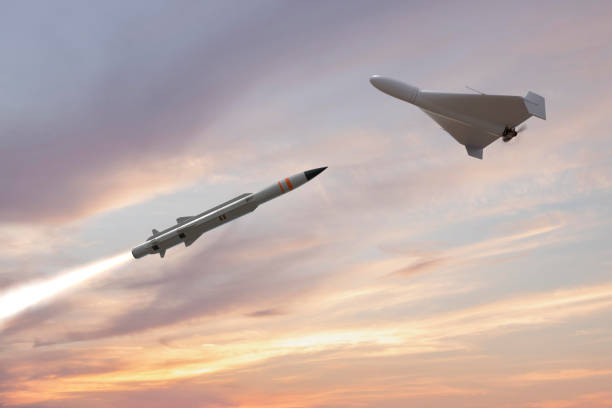
10. A Doctrinal Pivot, Not Just a Hardware Swap
Retiring tanks was not a mere equipment decision but a doctrinal shift toward agility, distributed lethality, and integration with naval forces. As Lt. Col. John J. Dick and Lt. Col. Daniel D. Phillips argued regarding the possible adoption of lighter platforms such as the M10 Booker: “Armor still matters, if adapted to modern threats.” For now, the Corps believes missiles, drones, and mobile regiments offer the best balance against peer adversaries in contested maritime zones.
The no-tank doctrine of the Marines reflects a calculated response to evolving threats, particularly in the Indo-Pacific. The Corps is betting that mobility, precision fires, and unmanned systems will enable lighter forces to outmaneuver heavier ones and operate effectively inside contested zones. Whether this transformation proves decisive will depend on how well these new capabilities integrate under fire-but one thing is clear: the age of the Marine tank is over, and a missile-and-drone era has begun.


